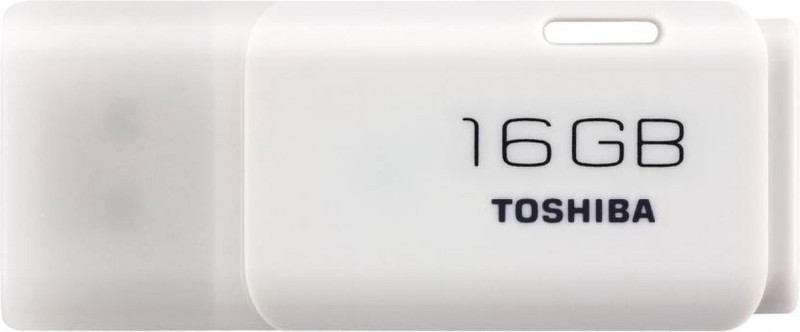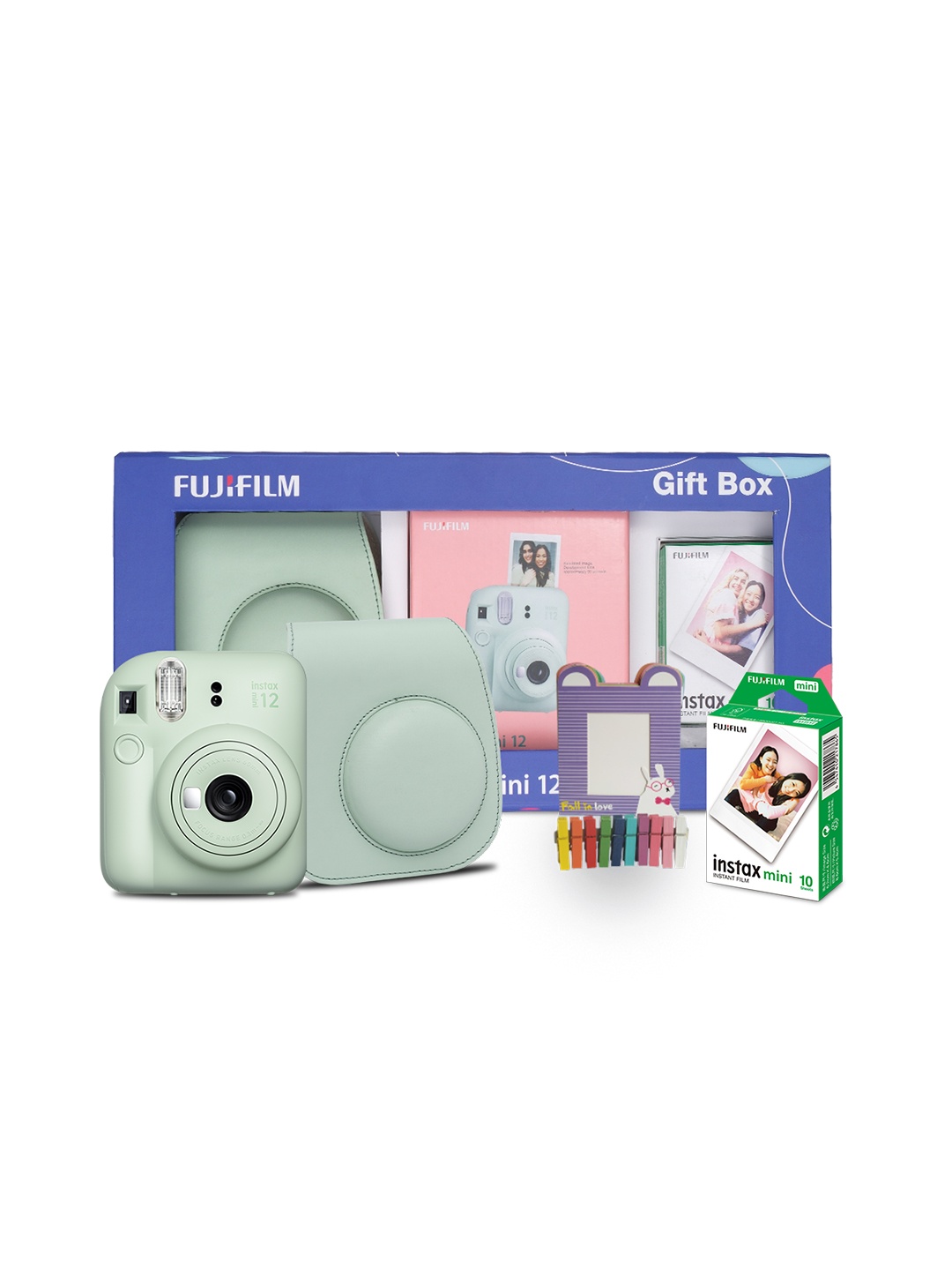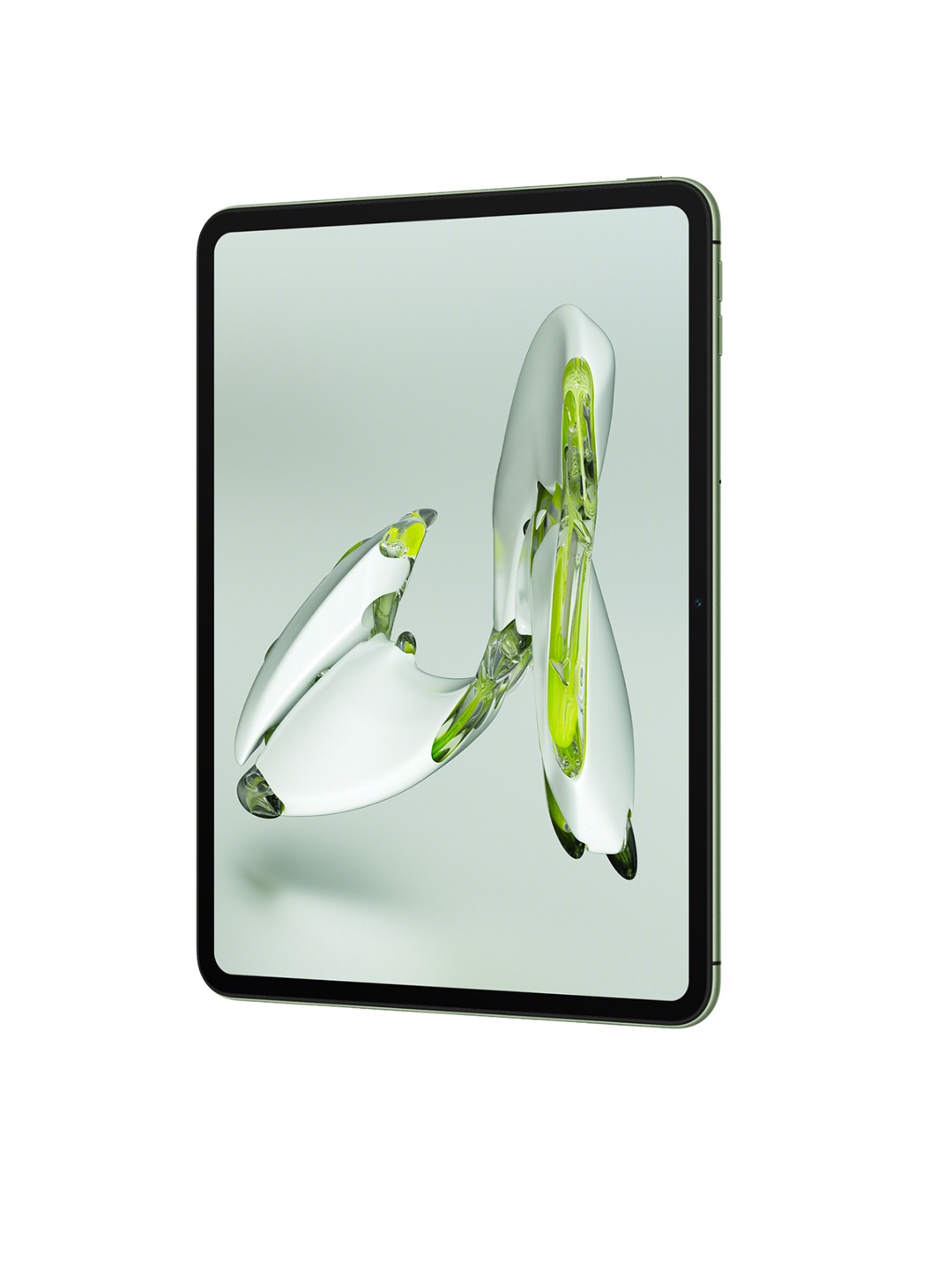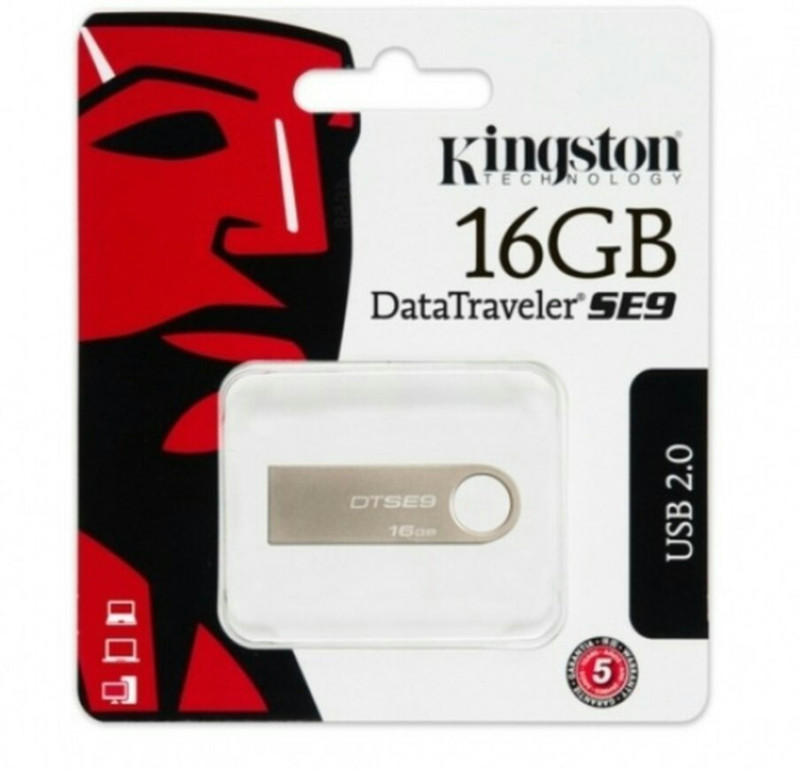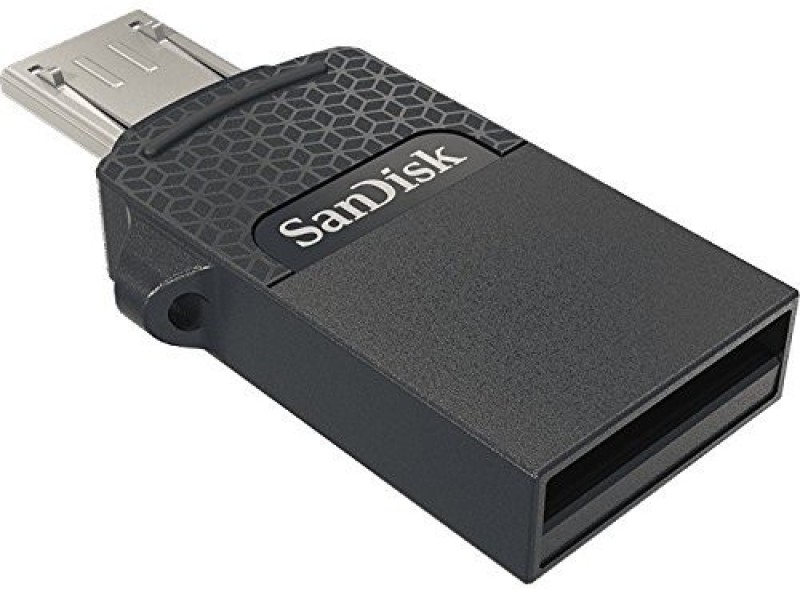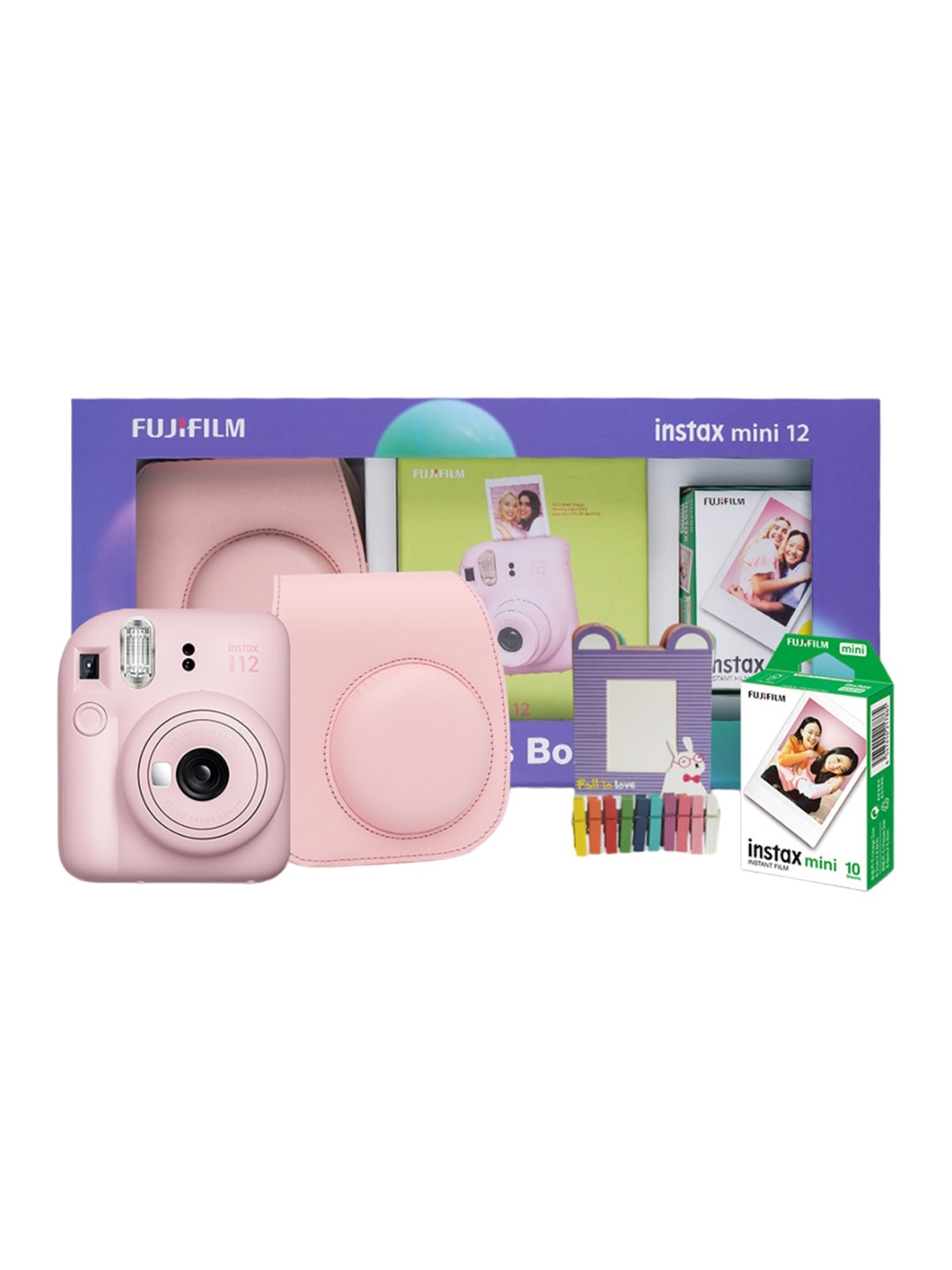Bagged Or Bagless Vacuums: Which One Saves You More Money?

Some choices in life are relatively straightforward: tea or coffee, cats or dogs, scones with jam first or cream, don't start that debate. But when it comes to vacuum cleaners, the bagged vs. bagless decision tends to stir up more dust than expected.
Both types boast loyal fans and strong opinions. One side raves about hygienic convenience, while the other swears by long-term savings and less faff. The truth? It's not always black and white. In the world of hoovers, as they're lovingly called in many UK homes, what suits one family might be a downright hassle for another.
So, the big question is: which one saves you more money over time? To help navigate the tumbleweeds of information (and the ones under your sofa), we've broken it all down into bite-sized comparisons. Let's roll up those sleeves, figuratively, of course, and dive in.
Also Read: Best Vacuum Cleaners On Flipkart For A Sparkling Clean Home Under ₹10,000
1. Upfront Cost: The First Bite Of The Budget
Price tags can be deceiving. At first glance, bagless vacuums often seem like the more economical choice. They're generally priced lower than their bagged counterparts, and it's easy to see why shoppers are drawn in. Who doesn't love the idea of saving a few quid upfront?
However, it's worth treading carefully here. Some premium bagged models, while more expensive, come with added features like advanced filtration systems, better suction, and superior build quality. That means you might end up replacing a cheaper bagless model sooner than a pricier bagged one, which changes the money-saving game entirely.
It's a bit like buying a cheap pair of shoes; they may cost less, but if they fall apart after a few months, you'll be back at the shop spending more. Long story short? When budgeting for your vacuum, don't just focus on that initial price tag. Look at the lifespan, too. Sometimes, you do get what you pay for.
2. Running Costs: The Silent Money Drain
Once the vacuum is safely home, the real spending begins. For bagged vacuums, ongoing costs come in the form of replacement bags. Depending on the brand, this can add up, especially if you vacuum frequently or have pets that shed more than a Christmas tree in January.
On the flip side, bagless vacuums ditch the need for bags entirely, which sounds brilliant, until you consider filter replacements. Most bagless models have washable filters, but even those wear out over time. And don't forget about time, cleaning filters and emptying canisters can be messy and time-consuming.
So which wins this round? If you're not fussed about getting your hands a bit dusty and don't mind regular maintenance, a bagless model could mean fewer ongoing costs. But if hygiene and hassle-free cleaning are top priorities, be prepared to spend a bit more on bags. It's the classic trade-off: effort vs. expense.
3. Maintenance Matters: Time Is Money, Too
Let's face it, no one daydreams about cleaning their vacuum. But regular maintenance is crucial for keeping your machine in top shape. With bagged vacuums, the job's pretty straightforward: swap out the bag when full, and you're good to go. It's tidy, contained, and quick.
Bagless models? A tad more involved. The canister needs to be emptied after almost every use, especially in busy households. And while there's a strange satisfaction in watching a dust cyclone disappear down the bin, it's not exactly glamorous. Plus, filters need cleaning or replacing to prevent loss of suction, a task that's easy to forget until the vacuum starts sounding like it's gasping for air.
So, consider your lifestyle. If you're constantly juggling work, kids, and the odd wine night, a low-maintenance option could save you more than just money; it saves time and mental bandwidth.
4. Hygiene And Allergies: The Hidden Cost Of Dust
For those who suffer from allergies or asthma, a vacuum's ability to trap dust and allergens isn't just a bonus, it's a necessity. Here's where bagged vacuums tend to shine. Because the dust is sealed within a disposable bag, there's minimal exposure when it's time to empty it.
Bagless vacuums, by contrast, can be a bit of a sneeze-fest. Emptying the canister often releases a cloud of fine dust, no matter how careful you are. Not ideal when you're trying to keep allergens at bay.
This doesn't mean bagless vacuums are the villain in the story. Some high-end models come equipped with HEPA filters and clever designs that reduce dust exposure. But these features can nudge up the price, and you'll still need to clean those filters regularly.
So, for households with allergy sufferers, the extra expense of bagged vacuums and replacement bags might be worth every penny, for the sake of health and clean air, and for avoiding the wrath of a mid-sneeze vacuum explosion.
5. Eco-Friendliness: Saving Money And The Planet
Going green is more than a trend; it's a responsibility. And when it comes to vacuums, the environmental impact isn't always obvious.
Bagless vacuums have a clear edge when it comes to waste. No bags to toss, less packaging, and fewer trips to the shop for replacements. However, they still rely on plastic parts and filters, which eventually end up in landfills if not recycled properly.
Bagged vacuums generate more waste, particularly if the bags aren't biodegradable. Some brands offer compostable or recyclable bags, but they're not the norm. And while it might not seem like a big deal to throw out one bag every few weeks, it adds up over the lifespan of the machine.
So, if eco-friendliness factors into your buying decision, a bagless vacuum might edge ahead, especially if paired with a long-lasting, washable filter. That said, the greenest vacuum of all is the one that lasts the longest and doesn't end up in the bin after two years. Longevity is the unsung hero of sustainability.
6. Performance And Power: Bang For Your Buck
Money-saving isn't just about the wallet, it's also about value. If a vacuum doesn't clean properly, it's hardly worth a tenner, let alone a few hundred quid.
Bagged vacuums often maintain stronger suction for longer. As the bag fills, many models are designed to distribute dust in a way that doesn't block airflow. This means consistent performance and less frustration.
Bagless vacuums, however, can suffer a drop in power as the dustbin fills up. And if filters aren't cleaned regularly, suction can nosedive. That said, newer models are catching up, offering improved technology that keeps performance steady even as the bin fills.
At the end of the day, performance ties directly to how often you vacuum, how dirty your home gets, and what you expect from the machine. A powerful vacuum that finishes the job in one pass can save time, energy, and future chiropractor visits from too many redos.
7. Storage, Size And Space: The Practical Pound-Saver
If you live in a compact home or flat, storage is a precious commodity. And vacuums aren't exactly minimalist by design.
Bagged vacuums tend to be bulkier. They're often built for power and capacity, which means larger motors and bigger dust compartments. Great for thorough cleans, not so great for under-stairs storage.
Bagless vacuums, especially stick or cordless varieties, are often lighter and more compact. Perfect for zipping around quickly and tucking away into a small cupboard. And if you're paying for storage space, say in a city flat, this convenience could translate into real monetary value.
Consider your lifestyle. If you need a vacuum that fits into your fast-paced, space-conscious life, a slim, bagless model might be the most practical (and cost-effective) choice. But for larger homes or big messes, the bigger bagged models could justify their size with sheer power and less frequent emptying.
8. Lifespan And Warranty: The Long Game
A vacuum is an investment, not a throwaway appliance, though plenty end up that way. The average lifespan of a vacuum can vary wildly based on how it's used and cared for.
Bagged vacuums, with fewer moving parts and less exposure to dust in the motor, often last longer. Many come with robust warranties and solid reputations for endurance. Think of them as the tortoises of the vacuum world, slow, steady, and surprisingly tough.
Bagless models, especially cheaper ones, might not last quite as long. That said, some high-end brands offer impressive warranties and strong build quality. But these perks usually come with a matching price tag.
Over time, replacing cheaper vacuums more frequently can cost more than investing in a sturdy one from the outset. It's the classic pay-now-or-pay-later dilemma. Either way, it pays to register your warranty and follow the maintenance instructions, because no one wants to splurge twice.
Products Related To This Article
1. EUREKA FORBES Super Vac Bagless Dry Vacuum Cleaner
2. AGARO Empire Bagless Dry Vacuum Cleaner 2200Watt Bagless Vacuum Cleaner With HEPA filter
3. Inalsa QuickVac Bagless Dry Vacuum Cleaner With Reusable Dust Bag
4. EUREKA FORBES Sure Fast clean Bagless Dry Vacuum Cleaner With Reusable Dust Bag
5. Panasonic MC-CG303R14C Bagless Dry Vacuum Cleaner
6. EUREKA FORBES Quick Clean DX Dry Vacuum Cleaner With Reusable Dust Bag
7. AGARO 33423 Upright Hand-held Vacuum Cleaner With Reusable Dust Bag
8. AGARO Ace Wet And Dry Vacuum Cleaner 1600 Watts
9. Inalsa Micro WD12 Multifunctional Wet/Dry/Blower
10. Inalsa Homeasy WD10 Wet And Dry Vacuum Cleaner With Anti-Bacterial Cleaning
So, when it comes down to it, which vacuum saves you more money? The answer, like many of life's most domestic debates, is: it depends. Bagged vacuums often win in terms of hygiene, performance, and longevity, but they'll keep asking for money in the form of replacement bags. Bagless vacuums, on the other hand, offer a lower ongoing cost and more eco-friendly options but may require more hands-on maintenance and not always last as long.
If budget is tight and you don't mind a bit of elbow grease, bagless could be your savvy sidekick. But if you're after convenience, cleanliness, and consistency, the extra expense of a bagged vacuum might be money well spent. At the end of the day, the best vacuum is the one that fits your needs, your lifestyle, and yes, your budget. Whether it's pet hair, toddler crumbs, or just the everyday fluff of life, a good vacuum is worth its weight in gold. Or at least, worth every penny it saves.
Disclaimer: The images used in this article are for illustration purpose only. They may not be an exact representation of the products, categories and brands listed in this article.












